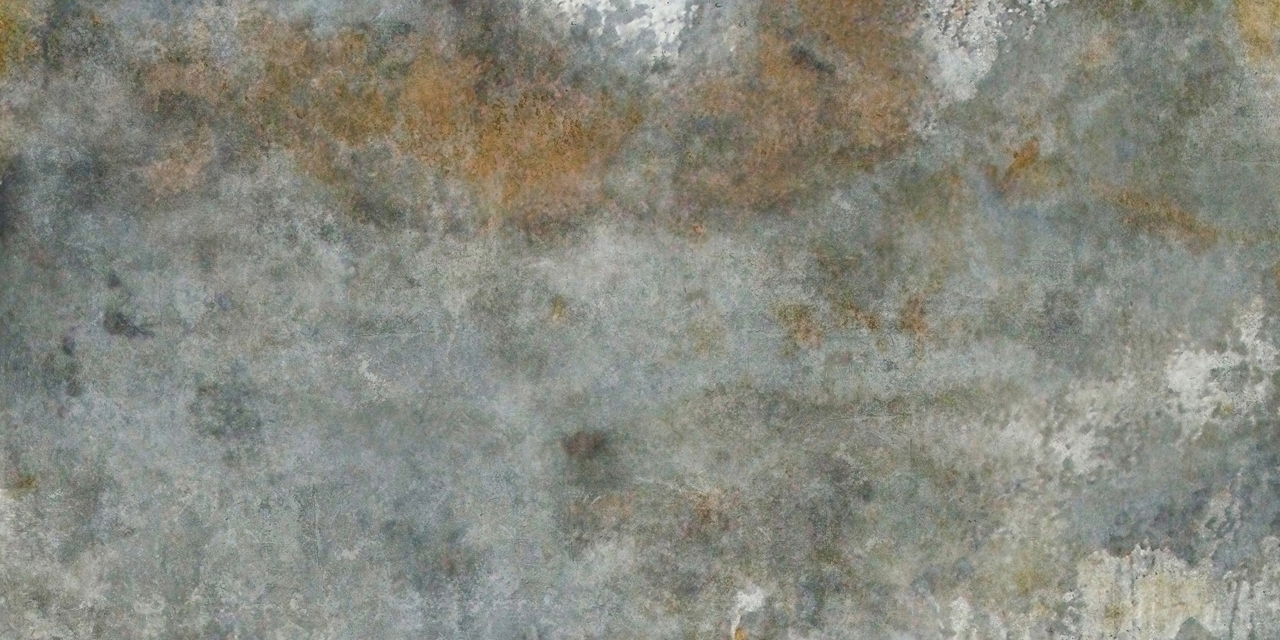
Within this community of enthusiasts, it’s common to find reviews with a “week on the wrist.” But today, I inadvertently offer a different take, on a material and a watch in a year-long ‘pandemic on the wrist’ with the Baltic Aquascaphe Bronze.īack around 2017, when people could physically bump into each other on accident at say, the local Food Co-op, I ran into a gentleman here in Bellingham wearing, at the time, a unique watch. Around the web, there has been a boom in the #watchfam media sphere as more and more people have tuned into horology and timepieces.
#FORCED PATINA ALUMINUM FULL#
What the Two Broke Watch Snobs might call a #watchfast became a full Year-on-the-Wrist through a once in a life time event (or so I hope), a global pandemic. Materials form patina to protect themselves against damage by corrosion, but can also be used for aesthetic appeal.2020 the year where we all felt a little weathered, or dare I say patinaed? Today marks one year from when an early Father’s Day gift turned into a year long companion on my wrist. Patina also forms as a result of old age, wear, or even polishing. Once a material is subjected to agents of weathering such as water, wind, ice, extreme temperature or other agents, it begins to undergo the oxidation process that ultimately leads to tarnish on its coat or surface.

This can be done using various chemicals and substances such as muriatic acid, apple cider vinegar, or mustard and it can also be done by sticking the blade into any acidic vegetable or fruit such as an orange or an apple.Patina results as a process of oxidation, weathering or both. Knife collectors that own carbon steel blades, sometimes force a patina onto the blade to help protect it and give it a more personalized look. Steaming foods or using soap on a wok or other dishware could damage the patina and possibly allow rust. The patina on a wok is a dark coating of oils that have been burned onto it to prevent food sticking and to enhance the flavor of the foods cooked in it. Patinas can also be found in woks or other metal baking dishes, which form when properly seasoned. This type of patina is formed by the corrosion caused by the elements the air might hold, residue from the wear of the carbon brush and moisture thus, the patina needs special conditions to work as intended.

Patina is also found on slip rings and commutators. More simply the French sculptor Auguste Rodin used to instruct assistants at his studio to urinate over bronzes stored in the outside yard to get the final effect he wanted, but there is no more real need to do that in modern times.Ī patina can be produced on copper by the application of vinegar (acetic acid) and this patina will be water-soluble and will not last on the outside of a building like a “true” patina, that’s why It is usually used as pigment. Sometimes the surface is enhanced by waxing, oiling, or other types of lacquers or clear-coats.

Some patina colours are achieved by the mixing of colors from the reaction with the metal surface with pigments added to the chemicals. The basic palette for patinas on copper alloys includes chemicals like ammonium sulfide (blue-black), liver of sulfur (brown-black), cupric nitrate (blue-green) and ferric nitrate (yellow-brown).įor artworks, patination is often deliberately accelerated by applying chemicals with heat.Ĭolors range from matte sandstone yellow to deep blues, greens, whites, reds and various blacks.

Patination composition varies with the reacted elements and these will determine the color of the patina: for copper alloys, such as bronze, exposure to chlorides leads to green, while sulfur compounds (such as “liver of sulfur”) tend to brown. They are often used by artists as surface embellishments either for color, texture, or both.


 0 kommentar(er)
0 kommentar(er)
